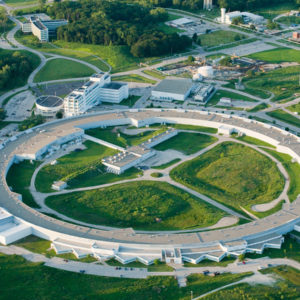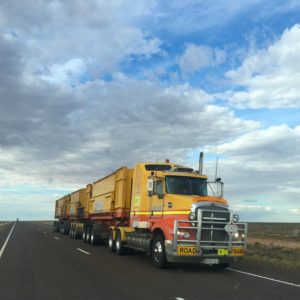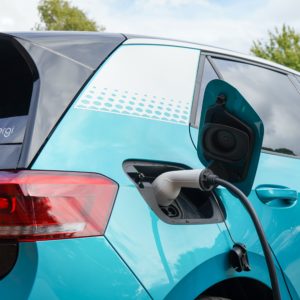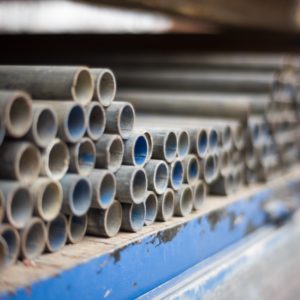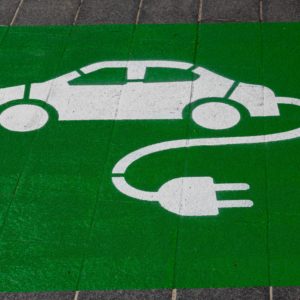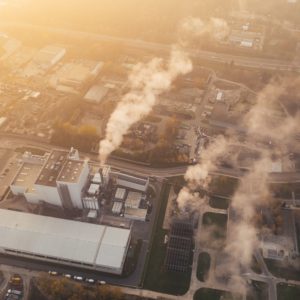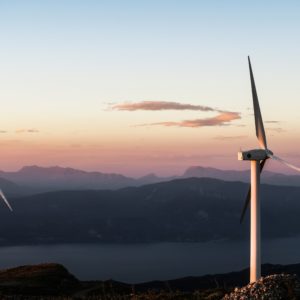Kristen Mally Dean of Argonne National Laboratory writes on how scientists are pursuing a new generation of batteries. “’Solid-state batteries can store more energy, are safer, and take up less space,’ said Jessica Durham, of Argonne’s Applied Materials division, who works with fellow materials scientist Albert Lipson to produce innovative solids to replace liquid materials...
A New Material Upgraded Modern Construction by Combining C02 With Recycled Concrete
"A new type of concrete has the potential to greatly reduce emissions from the construction industry, a press statement reveals. The calcium carbonate concrete, developed by researchers at the University of Tokyo, is made by combining waste concrete and C02 that can be sourced using carbon capture technologies."
Remora is ready to roll with carbon capture for trucks
"Climate tech solutions can sometimes seem vexingly distant on the horizon, but as climate impacts bear down hard, the urgency of the problem is palpable. That's why it’s invigorating to see a solution such as Remora, which reduces emissions from long-haul trucking by sucking up carbon dioxide directly from the tailpipe."
Innovative Agriculture Just Got a $53 Million Boost
Iron Ox is paving the way toward the future of precision agriculture, one plant at a time.
For Longer-Range EVs, a Cousin of Silicon Makes a Material Difference
"The global auto industry is investing billions of dollars in chips made of silicon carbide, a more robust cousin of Silicon Valley’s namesake element that companies believe can help them build high-performance electric vehicles."
Nucor Launches Carbon Neutral Steel Product
David Worford reports in Energy + Environment Leader that steel manufacturer Nucore has launched a carbon-neutral steel product. “Nucor says the availability of Econiq will be limited at first but that it will be available across all of its steelmaking product lines. Some of the industries the green steel product will be available to include...
GM’s New Battery Research Center Could Extend EV Range to 600 Miles
Brad Bergan of Interesting Engineering reports that GM’s new battery research center could extend EV range to 600 miles. “‘With these high-energy-density, low-cost vehicles, we really think we can have a better package that’s less mass, better for the vehicle, better for the customer, and it can be the reality as quickly as we can...
We don’t know where all the lead pipes are. This tool helps find them
"In the cities where BlueConduit works, the tool helps save money by making it more likely that a dig will discover a pipe that needs replacement. 'You can get the lead out sooner, so people are living with lead for less time, and there’s the money avoided,' says Schwartz. 'Thousands of dollars per dig that can be saved. And that money doesn’t just sit, that’s money going to active replacement of lead at a neighbor’s house.' Cities typically need to remove thousands of service lines. In Trenton, New Jersey, for example, where BlueConduit is working now, there’s an estimated 37,000 lead service lines."
Can Nuclear Fusion Put the Brakes on Climate Change?
Rivka Galchen of The New Yorker writes on the benefits of nuclear fusion in addressing climate change. “Fusion, theoretically, has no scarcity issues; our planet has enough of fusion’s primary fuels, heavy hydrogen and lithium, which are found in seawater, to last thirty million years. Fusion requires no major advances in batteries, it would be...
How a national lab stokes the startup pipeline with ready-to-go innovations for commercializing
Lisa Stiffler of GeekWire writes on how the Pacific Northwest National Laboratory is stoking the startup pipeline with ready to go innovations. “With a $1.1 billion budget for R&D, the government-supported facility has been generating scientific breakthroughs that are available to the public to license and commercialize for the past 55 years. In the last...
